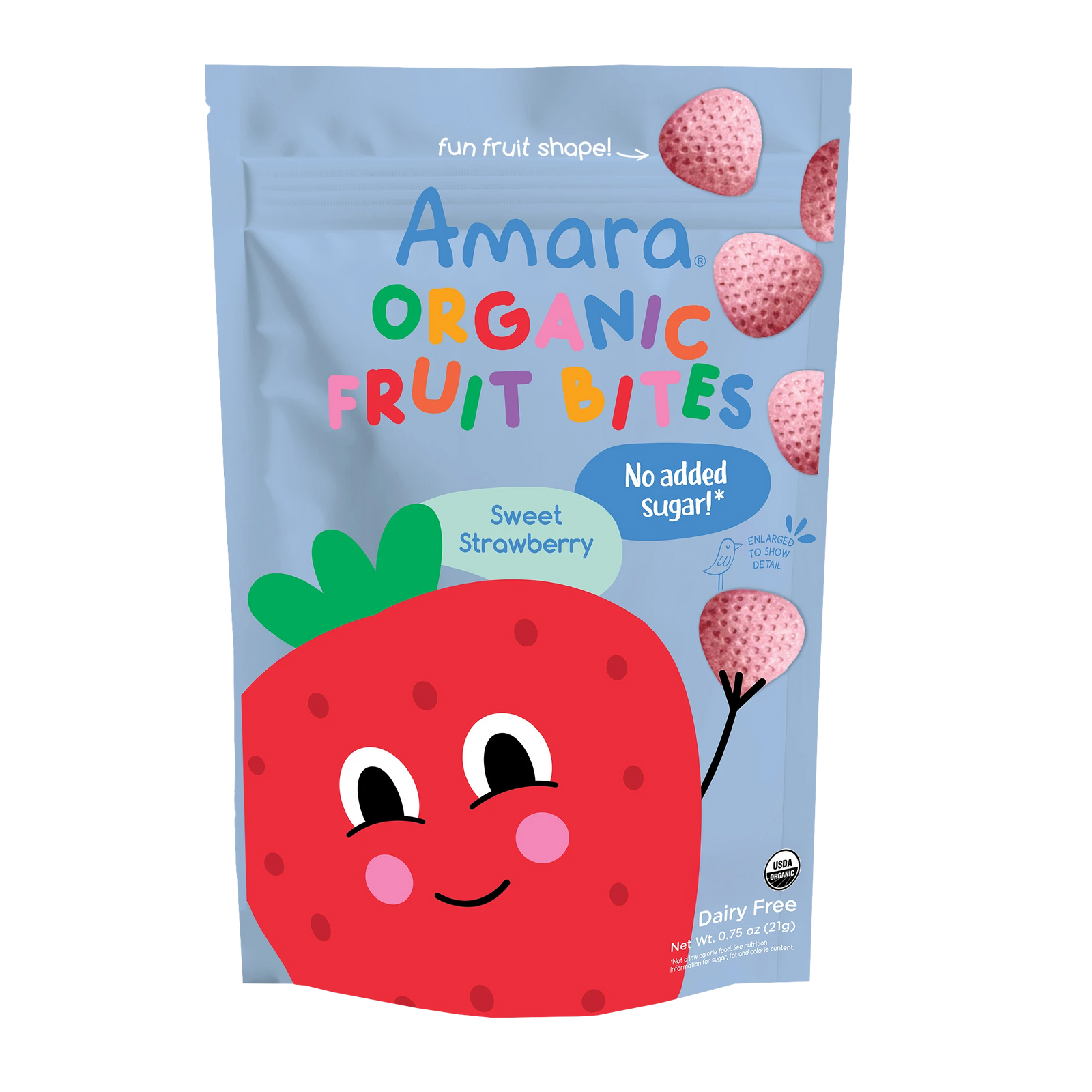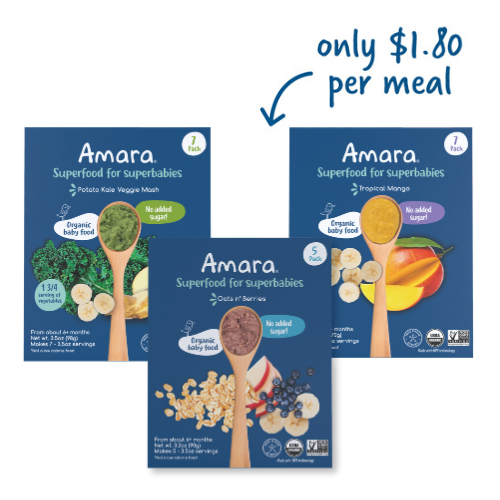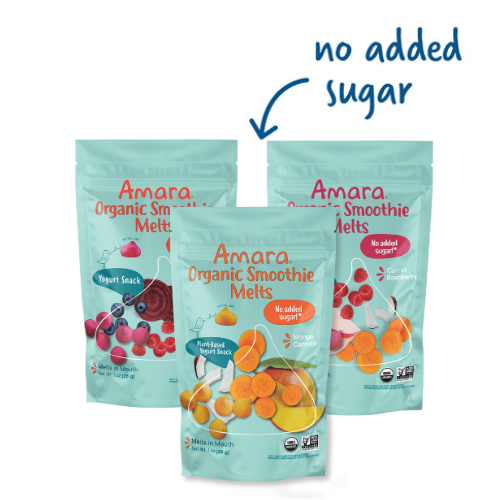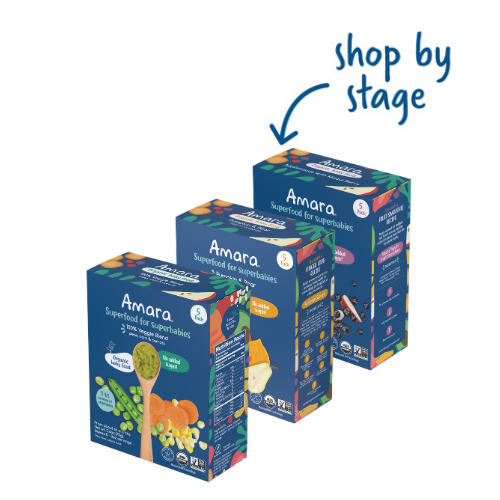
Every meal and every food has a history, a story, behind it. It grew somewhere. In a certain climate. Someone tended to it. Animals may have contributed to its farming. It was picked or plucked and packaged, and shipped. We could ask all kinds of questions about how foods come to sit in our fridges, on our counters, in our pantries:
- Where did it come from?
- Who cultivated it, and how? What were the working conditions?
- What materials were used? How did they impact the environment and/or animals and the local ecology?
- How and when was it stored and transported? What did it cost?
In the 21st century, nutrition is not just about eating healthy and feeling better — increasingly, research data on dietary habits and patterns are suggesting that what and how we eat can profoundly influence the world around us. Indeed (and sadly), our diets appear to be exerting deleterious effects on the planet’s natural resources, land availability, biodiversity, and ecosystems. In a world where climate change presents an urgent and escalating crisis, these effects are all the more concerning.
As parents, we’re responsible not only for our own diets, but also our children’s — and how we choose to feed them bears weight on these problems^.
How What We Feed Our Families Impacts Climate Change
In the abstract, diet is a key link between human health — at all ages — and environmental health. But the link is more than a philosophical one. Around the world, food production is the single greatest contributor to environmental change, accounting for 30% of all greenhouse gas emissions, taking up 40% of land space, and demanding 70% of the world’s available freshwater. Not only that, agriculture and food production also contribute to a huge loss of biodiversity, including animal extinction and resource depletion (especially in marine habitats).
The way things are going as of now, scientists expect these negative effects toincrease over the next three decades — they estimate that by 2050 (by which time our babies and toddlers will be in their mid-30s, holy moly…), food-production-related greenhouse gas emissions may rise by 80%. (This is in part based on our current eating habits, but also due to projected increases in urbanization, because growing cities tend to come hand-in-hand with higher consumption of animal products, fats and sugars.)
All of this paints something of a doomsday picture^^, but the really interesting and important thing is thatthere are ways to lessen this impact. And as parents who are also feeding children, we have an even greater role to play.
Yes: nutritious, plant-based eating (which is healthier for babies and toddlers, too — not just adults!) puts less strain on the planet — it’s associated with lower levels of greenhouse gas emissions and reduced use of both land and water. To be more specific, researchers know that eating well has the potential tomeasurablyreduce greenhouse gas emissions — by ~30-55% (that’s a lot!). Furthermore, studies indicate that a universal shift to plant-based diets could potentially save 10 million lives per year (a 20% reduction in deaths!).
In turn, diets that are higher in calories, added sugars and saturated fats, and that include more processed foods and red meats, take a greater toll on the environment. Researchers explain that such diets are, in fact, less environmentally sustainable. And though it may make some of us uncomfortable, the prevalence of animal foods in the average American diet plays a major role in climate change — generally speaking, data indicate that diets that rely more heavily on animal products produce more greenhouse gas emissions than plant-based diets. (This isn’t necessarily to say that cutting out meat solves all problems, but it’s part of a larger equation and consideration.)

We know that the foundations for healthy eating habits and taste preferences are established in the first years of life — and now we know that those same behaviors and preferences can also benefit the environment. It’s actually pretty cool to think that we have the opportunity not only to influence the next generation’s health and wellbeing, but also to lessen the effects of climate change, through what and how we feed our families.
BTW: what is a healthy and sustainable diet for your family?
We’ve covered this in some detail before (it’s our thing!), but here’s the big secret, friends — there’s no one single answer to this! Various researchers and organizations have determined their own definitions of a “healthy diet,” and they all have merits. At the same time, a quick glance at a handful of different guidelines clearly shows that there is unanimous agreement… Take a look:
- The basic tenets of a healthy diet as described at the International Conference on Nutrition Rome Declaration and by the World Health Organization are that it:
- Fulfills basic nutritional requirements across age groups;
- Is composed of a variety of high-quality common foods;
- Consists of foods that are safe to consume; and
- Avoids excessive intake of fat, sodium, and sugar.
- The EAT-Lancet Commission released a global set of dietary guidelines (called the “Planetary Health Diet”) that specifically defined healthy eating for both humans (including babies, children, and adults) as well as the planet. Its approach is “plant-forward”: it features whole grains, nuts, vegetables, fruits, and legumes, and moves meat and dairy to the background without entirely eliminating them.
- A similar framework developed by researchers at the Institute of Nutritional Sciences at the University of Giessen, in Germany, “Wholesome Nutrition,” weighed human health, ecological considerations, economic factors and social/societal factors equally, and it determined the best way to eat isplant-based andminimally-processed. If we were to make the concept into a food pyramid, the bottom layer of staples would include fruits and veggies, whole-grains, potatoes, legumes, and dairy. At the next level, moderate amounts of native cold-drawn plant oils, nuts, oleaginous seeds and fruits are recommended. At the “top” would be small portions of meat, fish or eggs.
The team also released seven principles for healthy and sustainable eating: focusing on plant-based foods, choosing organic foods, eating seasonal and regional food products, opting for minimally processed foods, and choosing Fair Trade food products.
According to both of these approaches, animal foods are best consumed as (occasional) side dishes rather than as main meals 3x/day. For babies, nutritionists recommend a small serving of meat once daily for protein and iron intake, combined with a wonderful array of plant-based foods (vegetables, fruits, whole grains, and legumes, for example) and breastmilk or formula.

As you can see — various bodies of experts that have been coming at This Whole Sustainability Thing from all different angles have all come to virtually the same conclusions: eating well and following a plant-based diet can have dramatic and positive outcomes. Indeed, the twin advantages of demonstrably decreasing dietary contributions to climate change and improving human health (and therefore minimizing the burden of disease) are incredibly desirable and worthwhile.
But it doesn’t come without hurdles — for many, reducing consumption of animal foods may pose a challenge. And cost is a factor, too.
This is where Amara comes in, friends…
Amara’s Environmental Commitment
At Amara, we’re dedicated to helping make these kinds of dietary changes — that are good for us and the environment — actionable and convenient. With every Amara product, you get the taste, texture, and nutrients of fresh foods — without having to start from scratchorbreak the bank.
One thing that sets Amara baby food apart is that we source each of our ingredientsindividually, accounting for factors such as soil quality, farming practices, seasonality, and nutrient density. And we didn’t rush this process — in fact, we spentthree whole years dedicated to finding the very best ingredients and sources for our products, because we believe you and your babies deserve it. (And even once we develop a product, we continue working to improve it on an ongoing basis.) Our ingredients are certified organic, picked at peak harvest (when they are most nutrient dense and flavorful), and 100% plant-based, because we know that food doesn’t only influence how you feel, think, and perform, but it also influences the world around us.
Yes: The way we choose to eat — and to feed our children — plays a significant role in climate change.
Our production methods ensure less waste, too — we use 12 times less plastic than conventional baby food pouches, and because our baby food blends aren’t water-based, we’re not forced to ship water unnecessarily. In short, our production and distribution methods have a significantly smaller carbon footprint than other baby food producers.

Lastly, we work hard to offer our products at an affordable price. Our baby foods start at $1.80/meal because we believe every child has the right to a flavorful, nutritious diet. And if we’re going to change the way the next generation approaches the table, we need to make quality, healthy, delicious food accessible for every family.
Resources:
https://eatforum.org/eat-lancet-commission/the-planetary-health-diet-and-you/
J Fanzo & C Davis. Can Diets Be Healthy, Sustainable, and Equitable? Current Obesity Reports, 2019
K von Koerber et al., Wholesome Nutrition: an example for a sustainable diet. Proceedings of the Nutrition Society, 2017
JI Macdiarmid & S Whybrow. Nutrition from a climate change perspective. Proceedings of the Nutrition Society, 2019







Leave A Comment